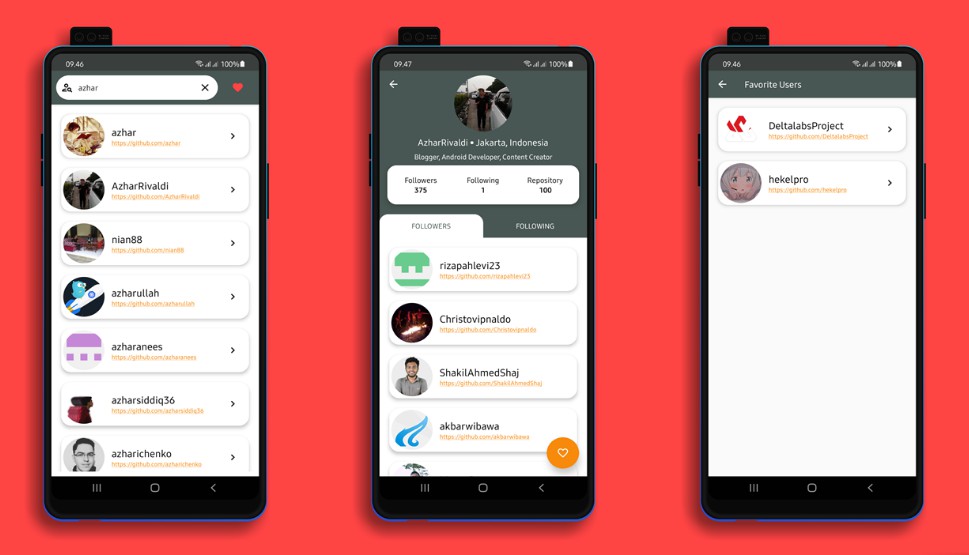
The git commit command shown below will save the staged files in Git, along with the message “First commit”. By running the following command you will add all those files staging area in Git, ready to be saved (committed). We want to save all these files in Git so they can be pushed to the GitHub repository you just created. This will list out all the changed files in your app directory, which should be all the files for your app. Open the Terminal app, navigate to your railsgirls app directory and run the following command. To check if a profile is already set up in Git, you can run this command, and look for the user.name and user.email values in the output: git config -list Saving work in Git Git config -global user.email "your-email" Be aware: the name and email address you configure here will be visible to others! git config -global user.name "your-name"


You can also use a nickname or an alias if you don’t want to use your real name and email address.

You can see who made which change and when.Ĭhange “your name” and “your email” with your name and your email address. This profile will be used to describe who made the changes to files we’ll store in Git. Once we’re sure Git is installed, we can set up our local profile in Git. Once logged in you can select the Repositories menu and create your new repository.Please install Git by going to the Git website, download the Git installer for Windows and running the downloaded installer.Īfter installing or upgrading, run the git -version command again to make sure you are using a more recent version. I first created my Bitbucket account signing in with my google account and providing a username and a password. In this way you can share code with your fellow developers even if your project is not intended to go open source. Here is what I did.įirst of all I chose Bitbucket and not Github because Bitbucket offers free private repository for small teams. I had to find tiny bits of information sparse around the web ’cause it seems most people consider cool to have any developer configure locally their own project once they first checkout. My goal is to allow a fellow developer to checkout (Clone in Git words) the project from server and have it fully functional and ready to be run or to work on it and commit changes. This post dates back to 2016 and is migrated from an older blog. Today I will share my experience about creating a Git repository for a new Android Studio project.


 0 kommentar(er)
0 kommentar(er)
